classification of matter
CLASSIFICATION OF MATTER
Matter can be identified by its
characteristic inertial and gravitational mass and the space that it
occupies. Matter is typically commonly found in three different states: solid, liquid, and gas.
Introduction
A substance
is a sample of matter whose physical and chemical properties are the
same throughout the sample because the matter has a constant
composition. It is common to see substances changing from one state of
matter to another. To differentiate the states of matter at least at a particle level, we look at the behavior of the particles within the substance. When substances
change state, it is because the spacing between the particles of the
substances is changing due to a gain or loss of energy. For
example, we all have probably observed that water can exist in three
forms with different characteristic ways of behaving: the solid
state (ice), liquid state (water), and gaseous state (water vapor and
steam). Due to water's prevalence, we use it to exemplify and describe
the three different states of matter. As ice is heated and the particles
of matter that make up water gain energy, eventually the ice melts in
to water that eventually boils and turns into steam.
Before
we examine the states of matter, we will consider some ways samples of
matter have been classified by those who have studied how matter
behaves.
Classifying Matter
Evidence
suggests that substances are made up of smaller particles that are
ordinarily moving around. Some of those particles of matter can be split
into smaller units using fairly strong heat or electricity into smaller
rather uniform bits of matter called atoms. Atoms are the building
blocks of elements. Elements are all those substances that have not
ever been decomposed or separated into any other substances through
chemical reactions, by the application of heat, or by attempting
to force an direct electric current through the sample. Atoms in turn
have been found to be made up of yet smaller units of matter called
electrons, protons, and neutrons.

Figure 1:
Breakdown of an atom. An illustration of the helium atom, depicting the
nucleus (pink) and the electron cloud distribution (black). The nucleus
(upper right) in helium-4 is in reality spherically symmetric and
closely resembles the electron cloud, although for more complicated
nuclei this is not always the case. The black bar is one angstrom (10−10 m or 100 pm). Image used with permissin from Wikipedia.
Elements can be arranged into what is called the periodic table of elements
based on observed similarities in chemical and physical properties
among the different elements. When atoms of two or more elements come
together and bond, a compound is formed. The compound formed can later
be broken down into the pure substances that originally reacted to form
it.
Compounds such as water are
composed of smaller units of bonded atoms called molecules. Molecules of
a compound are composed of the same proportion of elements as the
compound as a whole since they are the smallest units of that compound.
For example, every portion of a sample of water is composed of water
molecules. Each water molecule contains two hydrogen atoms and one
oxygen atom, and so water as a whole has, in a combined state, twice as
many hydrogen atoms as oxygen atoms..
Water
can still consist of the same molecules, but its physical properties
may change. For instance, water at a temperature below 0° Celsius (32°
Fahrenheit) is ice, whereas water above the temperature of 100° C (212°
F) is a gas, water vapor. When matter changes from one state to another,
temperature and pressure may be involved in the process and the density
and other physical properties change. The temperature and pressure
exerted on a sample of matter determines the resulting form of that the
matter takes, whether solid, liquid, or gas.
Since the properties of compounds and elements are uniform, they are classified as substances.
When two or more substances are mixed together, the result is called a
mixture. Mixtures can be classified into two main categories:
homogeneous and heterogeneous. A homogeneous mixture is
one in which the composition of its constituents are uniformly mixed
throughout. A homogeneous mixture in which on substance, the solute,
dissolves completely in another substance, the solvent, may also be
called a solution. Usually the solvent is a liquid,
however the solute can be either a liquid, solid, or a gas. In a
homogeneous solution, the particles of solute are spread evenly among
the solvent particles and the extremely small particles of solute cannot
be separated from the solvent by filtration through filter
paper because the spaces between paper fibers are much greater than the
size of the solute and solvent particles. Other examples of homogeneous
mixtures include sugar water, which is the mixture of sucrose and water,
and gasoline, which is a mixture of dozens of compounds.
A heterogeneous
mixture is a nonuniform mixture in which the components separate and
the composition varies. Unlike the homogeneous mixture, heterogeneous
mixtures can be separated through physical processes. An example of a
physical process used is filtration, which can easily separate the sand
from the water in a sand-water mixture by using a filter paper. Some
more examples of heterogeneous mixtures include salad dressing, rocks,
and oil and water mixtures. Heterogeneous mixtures involving at least
one fluid are also called suspension mixtures and
separate if they are left standing long enough. Consider the idea of
mixing oil and water together. Regardless of the amount of time spent
shaking the two together, eventually oil and water mixtures will
separate with the oil rising to the top of the mixture due to its lower
density.
Mixtures that fall between a solution and a heterogeneous mixture are called colloidal suspensions
(or just colloids). A mixture is considered colloidal if it typically
does not spontaneously separate or settle out as time passes and cannot
be completely separated by filtering through a typical filter paper. It
turns out that a mixture is colloidal in its behavior if one or more
of its dimensions of length, width, or thickness is in the range of
1-1000 nm. A colloidal mixture can also be recognized by shining a beam
of light through the mixture. If the mixture is colloidal, the beam of
light will be partially scattered by the suspended nanometer sized
particles and can be observed by the viewer. This is known as the Tyndall effect. In
the case of the Tyndall effect, some of the light is scattered since
the wavelengths of light in the visible range, about 400 nm to 700 nm,
are encountering suspended colloidal sized particles of about the same
size. In contrast, if the beam of light were passed through a solution,
the observer standing at right angles to the direction of the beam
would see no light being reflected from either the solute or solvent
formula units that make up the solution because the particles of solute
and solvent are so much smaller than the wavelength of the visible light
being directed through the solution.
- Solutions: molecules ~0.1-2 nm in size
- Colloids: molecules ~ 2-1000 nm in size
- Suspensions: molecules greater than ~ 1000 nm in size
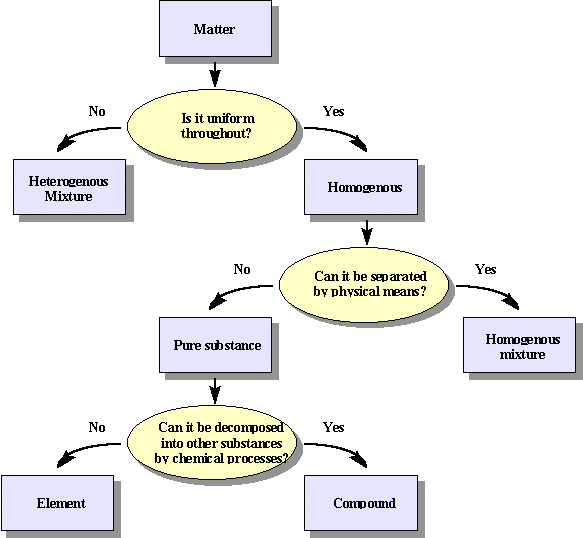
Figure 2: Flow chart for matter breakdown.
Separation of Mixtures
Most
substances are naturally found as mixtures, therefore it is up to the
chemist to separate them into their natural components. One way to
remove a substance is through the physical property of magnetism. For
example, separating a mixture of iron and sulfur could be achieved
because pieces of iron would be attracted to a magnet placed into the
mixture, removing the iron from the remaining sulfur. Filtration is
another way to separate mixtures. Through this process, a solid is
separated from a liquid by passing through a fine pored barrier such as
filter paper. Sand and water can be separated through this process, in
which the sand would be trapped behind the filter paper and the water
would strain through. Another example of filtration would be separating
coffee grounds from the liquid coffee through filter paper. Distillation is
another technique to separate mixtures. By boiling a solution of a
non-volatile solid disolved in a liquid in a flask, vapor from the lower
boiling point solvent can be driven off from the solution by heat,
be condensed back into the liquid phase as it comes in contact with
cooler surfaces, and be collected in another container. Thus a solution
such as this may be separated into its original components, with the
solvent collected in a separate flask and the solute left behind in the
original distillation flask. An example of a solution being separated
through distillation would be the distillation of a solution of
copper(II) sulfate in water, in which the water would be boiled away and
collected and the copper(II) sulfate would remain behind in the
disllation flask.
Figure 3:
The picture above depicts the equipment needed for a distillation
process. The homogeneous mixture starts out in the left flask and is
boiled. The vapor then travels down chilled tube on the right and
condenses back into a liquid and drips into the flask.
States of Matter
Everything that is familiar to us in our daily lives - from the land we walk on, to the water we drink and the air we breathe - is based upon the states of matter called gases, liquids, and solids.Solids
When the temperature of a liquid is lowered to the freezing point of the substance (for water the freezing point is 0oC), the
movement of the particles slows with the spacing between the particles
changing until the attractions between the particles lock the particles
into a solid form. At the freezing point, the particles are closely
packed together and tend to block the motions of each other. The
attractions between the particles hold the particles tightly together so
that the entire ensemble of particles takes on a fixed shape. The
volume of the solid is constant and the shape of a solid is constant
unless deformed by a sufficiently strong external force. (Solids are
thus unlike liquids whose particles are slightly less attracted to one
another because the particles of a liquid are a bit further apart than
those in the corresponding solid form of the same substance.) In a
solid the particles remain in a relatively fixed positions but continue
to vibrate. The vibrating particles in a solid do not completely stop
moving and can slowly move into any voids that exist within the solid.
Figure 4:
The diagram on the left represents a solid whose constituent particles
are arranged in an orderly array, a crystal lattice. The image on the
right is a ice cube. It has changed from liquid into a solid as a result
of absorbing energy from its warmer environment.
Liquids
When
the temperature of a sample increases above the melting point of a
solid, that sample can be found in the liquid state of matter. The
particles in the liquid state are much closer together than those in the
gaseous state, and still have a quite an attraction for each other as
is apparent when droplets of liquid form. In this state, the weak
attractive forces within the liquid are unable to hold the particles
into a mass with a definite shape. Thus a liquid's shape takes on the
shape of any particular container that holds it. A liquid has a
definite volume but not a definite shape. Compared to to the gaseous
state there is less freedom of particle movement in the liquid state
since the moving particles frequently are colliding with one another,
and slip and slide over one another as a result of the attractive forces
that still exist between the particles, and hold the particles of the
liquid loosely together. At a given temperature the volume of the
liquid is constant and its volume typically only varies slightly with
changes in temperature.
Figure 5: The diagram on the left represents a container partially filled with a liquid. The image on the right is of water being poured out of a glass. This shows that liquid water has no particular shape of its own.
Gases
In
the gas phase, matter does not have a fixed volume or shape. This
occurs because the molecules are widely separated with the
spaces between the particles typically around ten times further apart in
all three spatial directions, making the gas around 1000 times less
dense than the corresponding liquid phase at the same temperature. (A
phase is a uniform portion of mater.) As the temperature of a gas is
increased, the particles to separate further from each other and move at
faster speeds. The particles in a gas move in a rather random and
independent fashion, bouncing off each other and the walls of the
container. Being so far apart from one another, the particles of a real
gas only weakly attract each other such that the gas has no ability to
have a shape of its own. The extremely weak forces acting between the
particles in a gas and the greater amount of space for the particles to
move in results in almost independent motion of the moving,
colliding particles. The particles freely range within any container in
which they are put, filling its entire volume with the net result that
the sides of the container determine the shape and volume of gas. If the
container has an opening, the particles heading in the direction of the
opening will escape with the result that the gas as a whole slowly
flows out of the container.
Figure 6:
The image on the left represents an enclosed container filled with gas.
The images are meant to suggest that the gas particles in the container
are moving freely and randomly in myriad directions.The image on the
right shows condensing water forming from the water vapor that escaped
from the container.
Other States of Matter
Besides
of the three classical states of matter, there are many other states of
matter that share characteristics of one more of the classical states
of matter. Most of these states of matter can be put into three
categories according to the degrees in varying temperature. At room
temperature, the states of matters include liquid crystal, amorphous
solid, and magnetically ordered states. At low temperatures the states
of matter include superconductors, superfluids, and Bose-Einstein
condensate state of matter. At high temperatures the states of matter
include, plasma and Quark-gluon plasma. These other states of matter are
not typically studied in general chemistry.
References
- Cracolice, Mark, and Edward Peters. Introductory Chemistry. 3rd ed. Mason, Ohio: Cengage Learning, 2008.
- Petrucci, Ralph, Harwood,William, Herring, Geoffrey, Madura, Jeffry, General Chemistry: Principles & Modern Applications, 9th ed. Upper Saddle River, New Jersey: Pearson Prentince Hall, 2007.
- C.N. Hurley, W.L. Masterton, Chemistry: Principles and Reactions, 6th ed. Brooks/Cole Cengage Learning, Belmont, Calif., 2004.
- Cracolice, Mark, Peters, Edward, Introductory Chemistry, 4th ed. Brooks/Cole Cengage Learning, Belmont, Calif., 2007.
- Zumdahl, Zumdahl, DeCoste, World of Chemistry, Houghton Mifflin Company, Boston, Massachusetts, 2002.
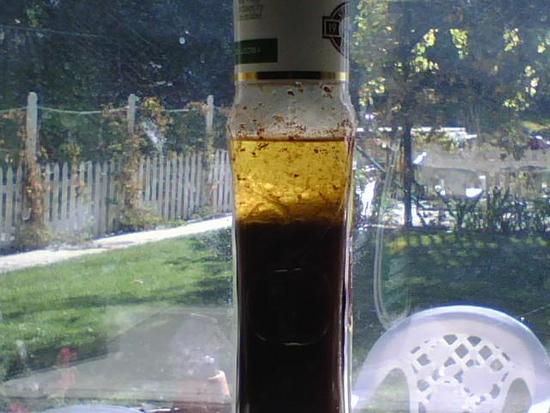
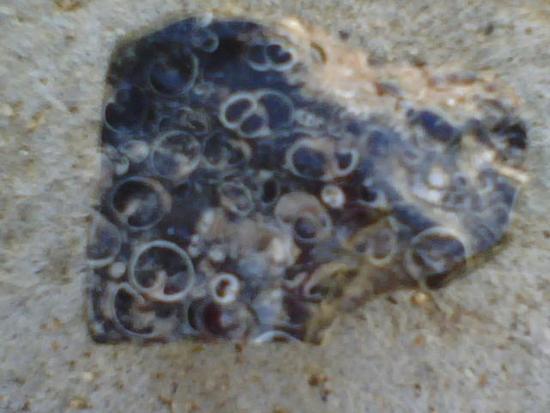
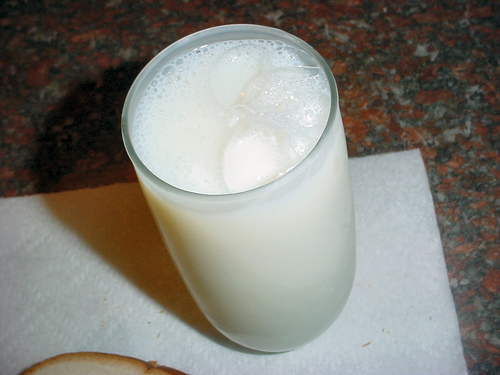

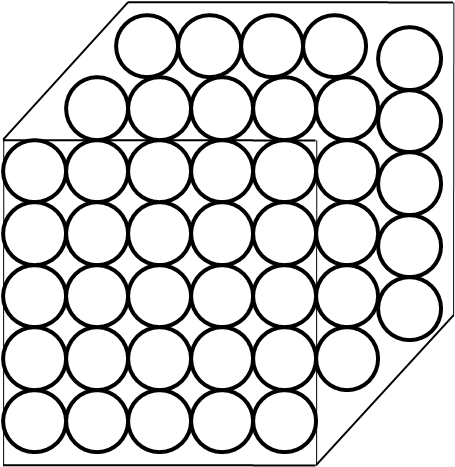
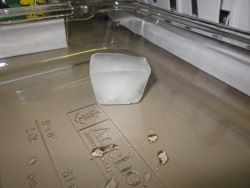
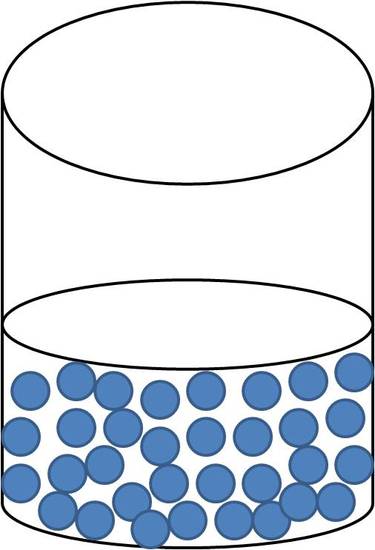
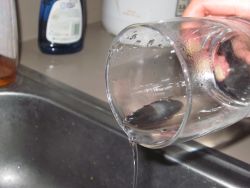

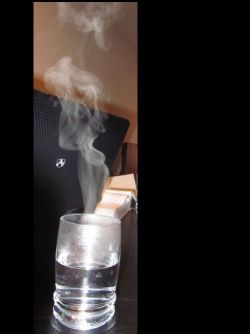


can you give me another example of compound, please !
BalasHapushi dea ivontia, thnk fr ur question.ok
BalasHapus"The compound-complex sentence is so named because it shares the characteristics of both compound and complex sentences. Like the compound sentence, the compound-complex has two main clauses. Like the complex sentence, it has at least one subordinate clause. The subordinate clause can be part of an independent clause."
What kind of mixture is a solution?
BalasHapusok hana,thnk fr ur question to me,,
HapusThe best description is homogeneous. The particles which are dissolved are invisible, which is why solutions, unlike colloids or suspensions, are always clear.
If I mix the water into fuel, it's a compound, homogenous, or heterongenous? Please explain!
BalasHapusok.thnk linggo fr ur question..
HapusA homogeneous mixture is a solid, liquid or gaseous mixture that has the same proportions of its components throughout a given sample (or multiple samples of different proportion). Conversely, a heterogeneous mixture is not uniform in composition, but proportions of its components vary throughout the sample. "Homogeneous" and "heterogeneous" are not absolute terms, but depend on context and size of the sample. In chemistry, a homogeneous suspension of material means that when dividing the volume in half, the same amount of material is suspended in both halves of the substance. However, it might be possible to see the particles under the microscope. An example of a homogeneous mixture is air.
What is the smallest particle of matter known?
BalasHapusok.thanks fr ur question iin,,,
HapusSo far it looks like there is nothing smaller inside an atom than quarks. Our experiments look for evidence that quarks have some sort of shape or structure. If they do have a shape or structure rather than just being a point (which by itself is a very difficult concept to understand), then there might be some sub-quark constituents. At present there is little or no evidence of any structure to the quark. Maybe there is though! That might be something for you, the next generation, to look for and try to figure out!
Komentar ini telah dihapus oleh pengarang.
BalasHapusKomentar ini telah dihapus oleh administrator blog.
BalasHapusWhat causes a substance to be mixed?
BalasHapusSolubility or solubility is the ability of a particular chemical, solute, to dissolve in a solvent. Solubility is expressed in the maximum amount of solute that dissolves in a solvent at equilibrium. The resultant solution is called saturated solution but there are also unsaturated and well-saturated solutions. Certain substances may dissolve in any ratio to a solvent.
HapusHow the process of element occurrence?
BalasHapusThe process of occurrence of fire element
HapusFree Radical Reactions
The fuel after heating will change:
Physically become a gas.
Chemically will produce atoms free standing (radical)
Example: Ethane (C2H6) ==== Wake-up form H - C - C - H
Once heated, one of the H atoms will be released / free-standing.
The free-standing Atom H is called H radical (H *).
Atom H is very reactive or easy to combine with oxygen to HOO *.
And so on will produce HO * and O *
So the flame is the compound between the radicals